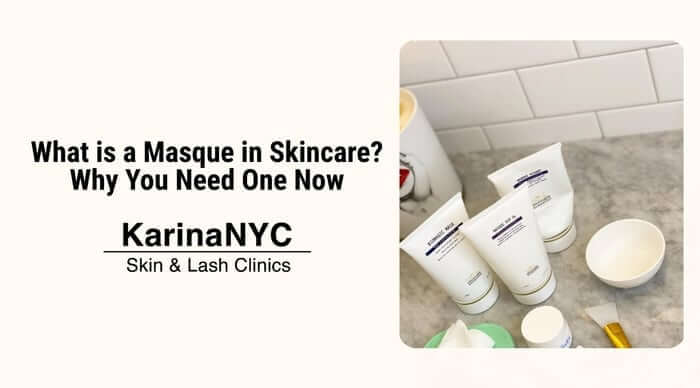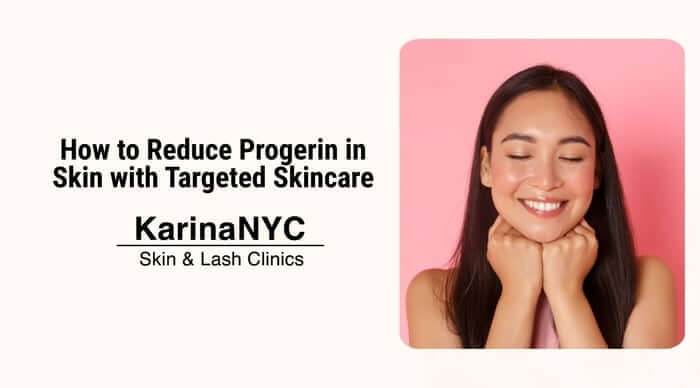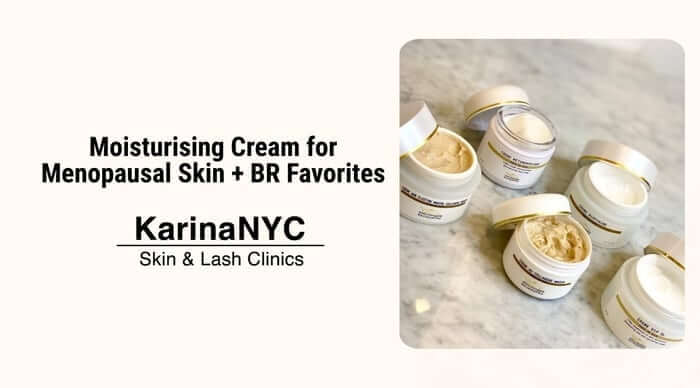Use face masks 1–3 times per week based on your skin type and the formula. Clay and exfoliating masks should be limited, while hydrating or sheet masks may be used more often. Choose frequency based on your skin’s needs, not just the label.
Face masks are one of the most misunderstood steps in skincare. Are you masking too often, or not enough to see results?
In this guide, we’ll help you strike the perfect balance. At KarinaNYC, we specialize in custom mask protocols that repair, glow, and reset your skin. Let’s dive in.
Face Masks 101: Why They’re More Than Just Skincare Extras
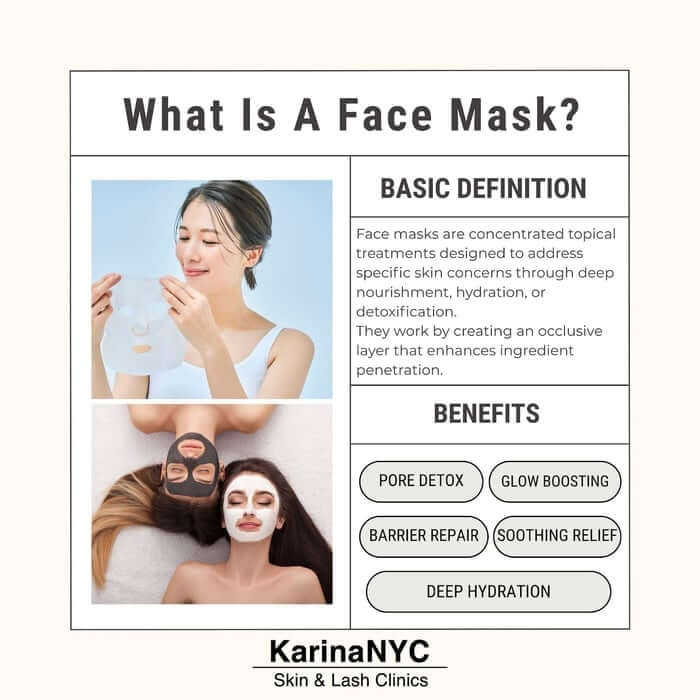
Face masks (when used correctly) are one of the most powerful tools in your skincare routine. Think of them like a treatment accelerator, designed to address your skin’s needs with laser focus.
They deliver active ingredients at higher concentrations than your daily serums or creams, and they give your skin that something extra it often craves, whether it’s a detox, a deep drink of hydration, or a reset after travel or stress.
At KarinaNYC, masking is never just about what’s trending. It’s about giving your skin exactly what it needs, when it needs it. That’s how you see real change.
How Face Masks Work
Unlike your moisturizer or serum that you rub in and forget about, masks are meant to linger. That time on your skin, 10 to 20 minutes or even overnight, isn’t just relaxing. It’s when the magic happens.
Hydrating masks push moisture deep into the skin. Detox masks like clay or charcoal pull out impurities. And some, like our oxygenating masks, actually do both, clarify and energize.
The best masks work with your skin’s rhythms, not against them. And that’s why it matters so much to use the right one, at the right time, in the right way.
Do Face Masks Work For Every Skin Type?
Absolutely. But not every face mask is right for your skin at every moment.
If your skin is reactive or red, peel-off masks or anything too active can do more harm than good.
Oily skin? Clay can work wonders, but too much and you’ll strip your barrier, then cue the breakouts. And if you’re dry, aging, or just feeling blah, your skin will drink up a creamy, hydrating formula.
Skincare should shift with your skin. The best masking routine is responsive, not rigid.
Which Face Mask Is Right For You? Breaking Down The Options
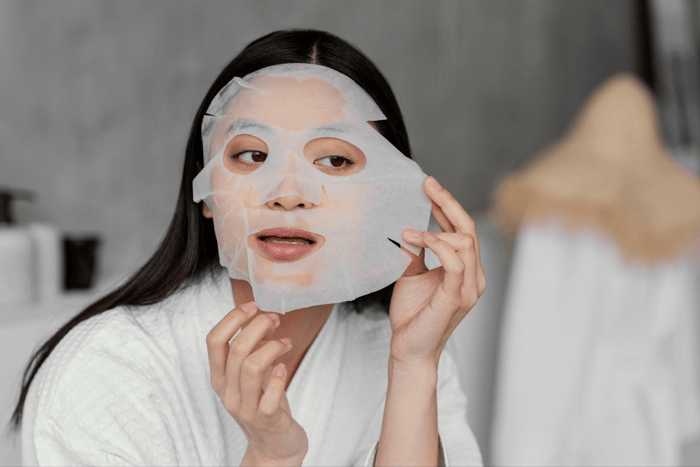
When clients ask me about masking, the confusion usually isn’t about why to mask, it’s about which mask to use and how often. Here’s how I break it down in the studio and in coaching sessions:
Clay & Mud Masks
Clay masks are incredible for absorbing excess oil, refining pores, and giving your skin that fresh, matte finish. They’re especially useful for oily foreheads, congested chins, or post-gym skin that feels clogged.
But don’t get carried away, 1 to 2 times a week is plenty. Any more, and you risk stripping your barrier and triggering more oil production.
Charcoal Masks
Charcoal works like a magnet for dirt and toxins. It’s the mask I recommend for a true “deep cleanse” when your skin feels weighed down by pollution or heavy products.
But charcoal can be drying. That’s why I limit it to once a week for most clients.
Sheet Masks
These are your hydration boosters. Lightweight, soothing, and usually packed with calming serums, sheet masks are safe to use more frequently than most other types. If your barrier is strong, you can mask daily.
But for most people, I recommend 2 to 3 times a week. Think of them as a reset button when your skin looks flat or tired.
Cream & Gel Masks
Cream and gel formulas drench the skin with moisture, calm irritation, and restore comfort. They’re a must for dry, sensitive, or mature skin.
I typically recommend using them 2 to 3 times a week, and even more often in the winter when heaters and cold air suck moisture out of your skin.
Peel-Off & Enzyme Masks
These masks exfoliate and resurface the skin, giving you that smoother, polished look. They’re great for improving texture but can be aggressive if overused.
Once a week is enough, and if your skin is sensitive or your barrier is already compromised, I’d skip them entirely. There are gentler ways to refine the skin without risking irritation.
Overnight Masks
Overnight masks are the true multitaskers. You put them on at night, and while you sleep, they work on deep hydration and barrier repair. I recommend them 1 to 2 times a week, or whenever your skin feels stressed, after travel, after too much sun, or after an in-office treatment.
The Top Skin Concerns That Masks Target Best
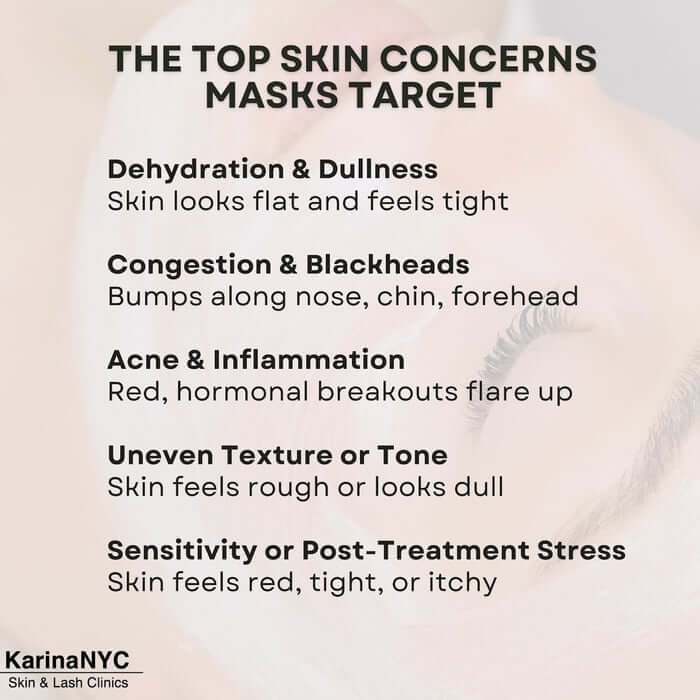
We never recommend masks just for the sake of masking. Every skin instant has a need, and every need deserves a targeted solution. At KarinaNYC, we use masks as skin correctors, skin soothers, and skin transformers.
Here are the top concerns we see (and treat) with masks:
Dehydration And Dullness
When your skin feels tight, looks flat, or soaks up product like a sponge, it’s dehydrated. That doesn’t mean dry, it means water-depleted. Hydrating masks like Masque Visolastine+ or sheet masks rich in hyaluronic acid work to plump and replenish without overwhelming your skin.
Congestion And Blackheads
You know that gritty, bumpy texture along your nose, chin, or forehead? That’s congestion.
We treat it with targeted detox masks like Masque Vivant or Biomagic, which clear out debris and tighten pores, without over-stripping. Sometimes we even enhance Vivant with a pinch of baking soda for deeper purging (only for very oily skin!).
Acne Inflammation
Red, hot, hormonal breakouts need calming, fast. We often pair a purifying mask like Vivant with something soothing like Biosensible S.R..
It’s a balancing act: reduce bacteria and inflammation, but preserve the barrier. Never go in with harsh clay and nothing else.
Uneven Texture Or Tone
If your makeup’s not sitting right or your skin feels rough to the touch, it’s time to resurface. Enzyme or mild peel masks can help, but only once a week, max. And always followed by hydration.
We also use oxygenating masks like Masque VIP O2 to help refine texture while boosting radiance.
Sensitivity Or Post-Treatment Stress
After facials, peels, or too many actives, your skin can go into panic mode. Red, tight, itchy. That’s when we skip everything active and go barrier-first: Masque Biosensible or Masque Vernix, always followed by lipid-rich serums or moisturizers.
Polluted Or “Urban” Skin (Think NYC Summers!)
City skin is real. Heat, pollution, grime, it all builds up. If your skin looks dull by 2 pm, feels sticky or gritty, or breaks out more in the summer, you’re not imagining it.
We fight back with VIP O2 to detox and oxygenate, plus lightweight cream masks to keep pores clear and skin energized.
How Often Should You Use A Face Mask?
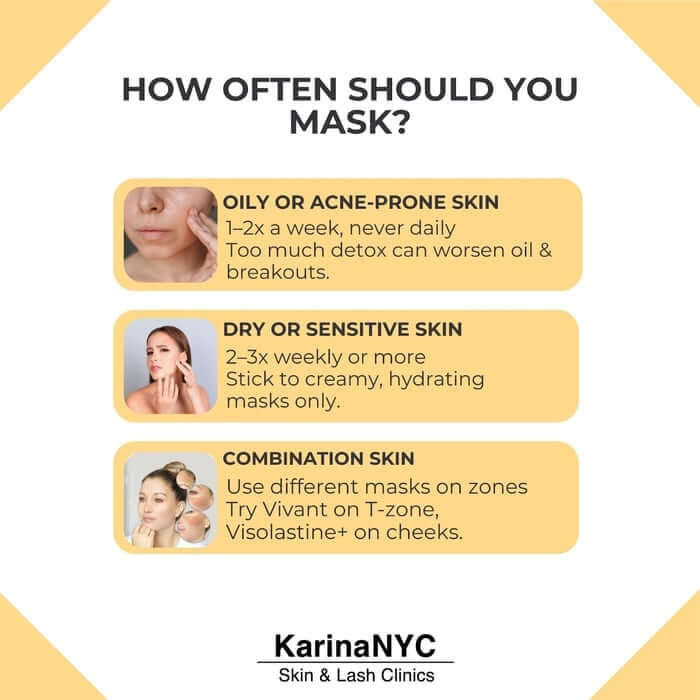
The answer depends, not just on your skin type, but on your skin’s mood.
What it’s going through that week, that day, even that hour. Hormones, weather, stress, it all shows up on your face. That’s why KarinaNYC doesn't do fixed “mask schedules.” We do skin-driven strategy.
For Oily Or Acne-Prone Skin
If your skin is oily, shiny by noon, or breaking out regularly, you might reach for clay or charcoal masks instinctively. That’s fine, but 1 to 2 times per week, max.
Any more and you risk stripping your barrier, which can actually lead to more oil and breakouts.
We love Masque Vivant 2–3x a week, but always on clean skin, never the same day as exfoliants or retinol. I also recommend adding a dab of baking soda for clients who are extra oily, but only once a week, and only if your skin can handle it.
For Dry Or Sensitive Skin
Hydration is your best friend. Think creamy, gel, or sheet masks, not clays. You can comfortably mask 2–3 times a week, and some of my clients even do it daily (with guidance).
The key is gentle formulas and a strong barrier.
Masque Biosensible is our go-to for rebuilding. I also love alternating with Visolastine+ in the winter when skin feels tight and reactive. If you’ve ever masked and felt worse after, you were probably using the wrong formula, or masking too often without rehydrating properly.
For Combination Skin
Combo skin is tricky, because your forehead might be oily while your cheeks are flaky. That’s where multimasking comes in, use different masks on different zones.
For example, Vivant on the T-zone, Visolastine+ on the cheeks.
Twice a week is usually enough, and we adjust seasonally. More detox in the summer. More hydration in the winter. And always, always follow with a serum and moisturizer to seal everything in.
Signs You're Masking Too Often
If your skin ever feels worse after a mask, tight, red, bumpy, it’s probably a sign you’re overdoing it.
- Stinging or burning? Your barrier may be compromised.
- New congestion or tiny bumps? You could be clogging pores or triggering a mild breakout.
- Feeling stripped or flaky? Time to cut back and rehydrate.
Masking should feel good. Your skin should look better after, not irritated or confused.
No More Guesswork: Clear Answers to Masking Questions
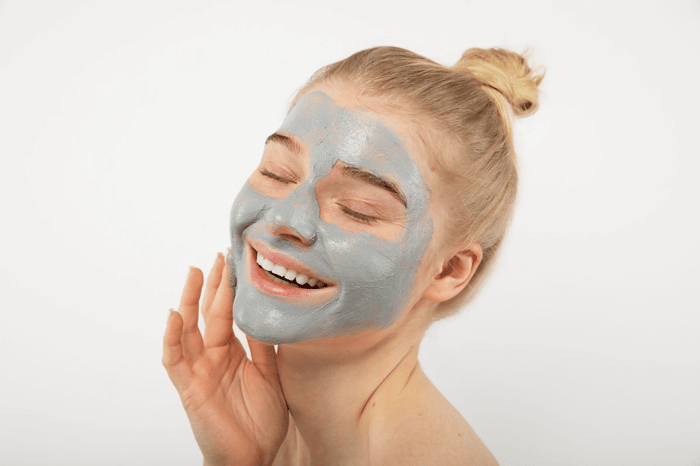
Masking shouldn’t feel like trial and error.
I hear the same worries from clients every week: Am I masking too much? Not enough? The wrong kind? Here, I’ve gathered the most common questions I get in the studio and answered them with real, practical guidance.
Can I Use A Hydrating Mask Daily If My Skin Loves It?
Yes, but only if it’s barrier-safe and free of sensitizing ingredients. Daily masking is not for everyone.
Is It Bad To Use Different Types In One Week?
Nope. In fact, it’s smart. Just make sure they’re serving different needs, don’t double up on actives.
Why Does My Skin Purge When I Mask More?
Often it’s a sign of over-exfoliation or a mask that's too strong for your skin's current state. This is where personalized guidance makes all the difference.
Top 5 Biologique Recherche Masks to Add to Your Routine
If you've ever walked into KarinaNYC, you know this: we test everything before we sell it.
And when it comes to masks, I only recommend the ones that work, not just in theory, but on real, complicated, stressed-out New York skin.
These five are on constant rotation in my treatment room and my own bathroom. Here's why:
1. Masque Vivant
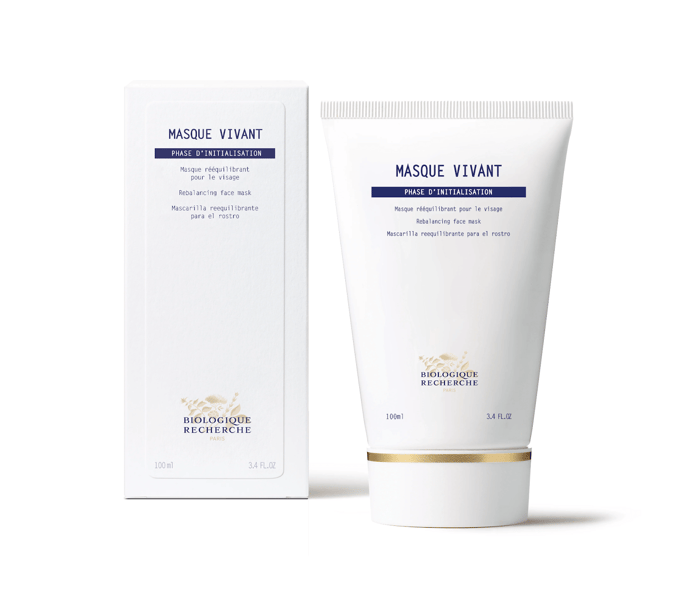
The cult detoxifier everyone talks about, and for good reason.
This mask does it all: purifies, tightens pores, balances oil, and clears up congestion without over-drying. For oily or acne-prone clients, we use it 2–3x a week. For combo or dry skin, once a week is plenty, and always paired with hydration.
Pro tip: If your breakouts are stubborn, add a pinch of baking soda to Vivant. It intensifies the detox (but don’t try this more than once a week!).
2. Masque VIP O2
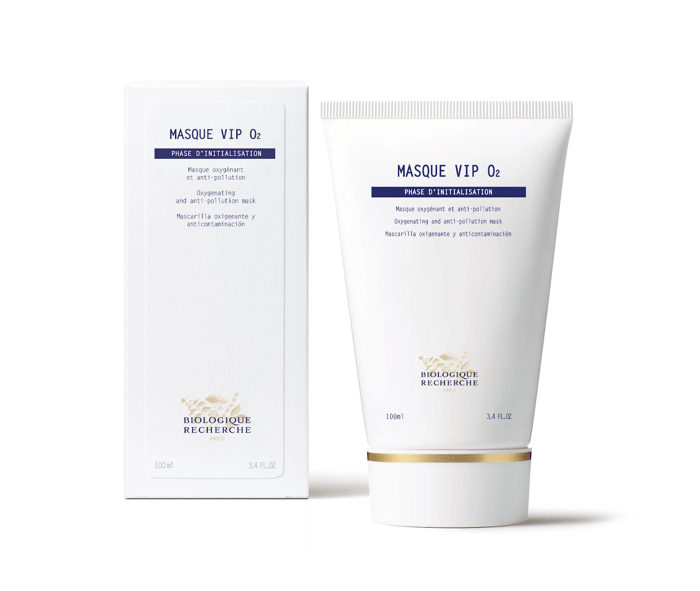
Your skin’s oxygen shot, especially if you live in a city.
I call this the “jetlag fixer” and “event prepper” in one. It’s brilliant before a photoshoot, after a flight, or any time your skin feels tired or dull. It brightens, calms, and revives without making skin feel heavy.
I also love it post-sun or post-steam, refrigerated for a cooling effect.
3. Masque Visolastine+
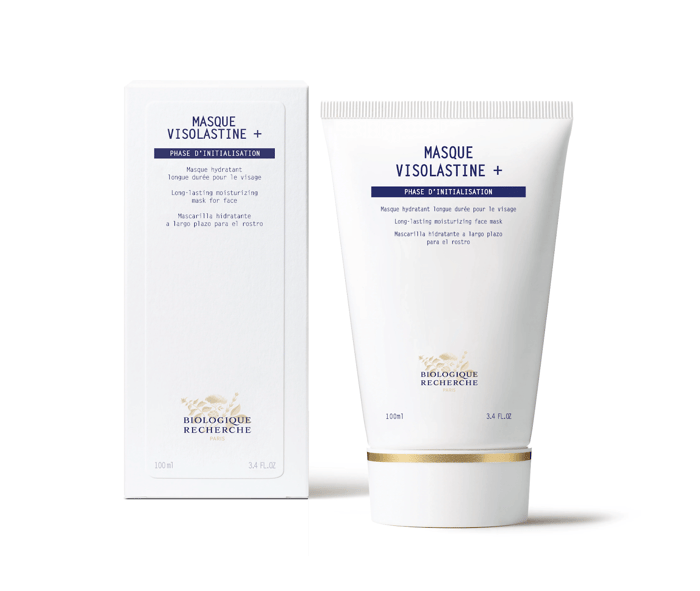
Think of this as water therapy for your skin.
This creamy mask drenches the skin in hydration and reinforces your barrier. I recommend it 2–3x a week in the winter, or after too much retinol, wind, or travel.
Clients with dry, devitalized, or menopausal skin absolutely glow after this one. It’s soft, rich, and deeply replenishing.
4. Masque Biosensible
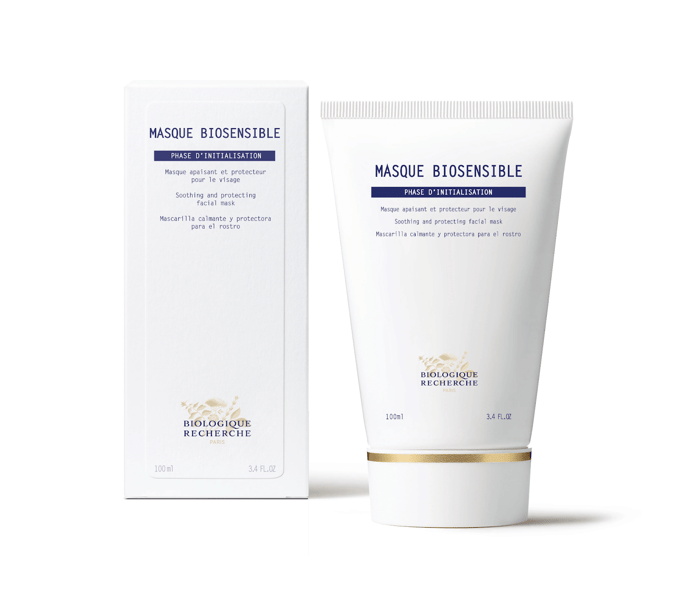
The one I reach for when skin is panicking.
Redness? Flakiness? That “everything stings” feeling? This is the answer. Biosensible calms inflammation and restores comfort without clogging pores.
We use it 1x a week on reactive skin or post-facial, and always pair it with a lipid-rich serum like TEWL or Toleskin [C].
5. Biomagic Mask
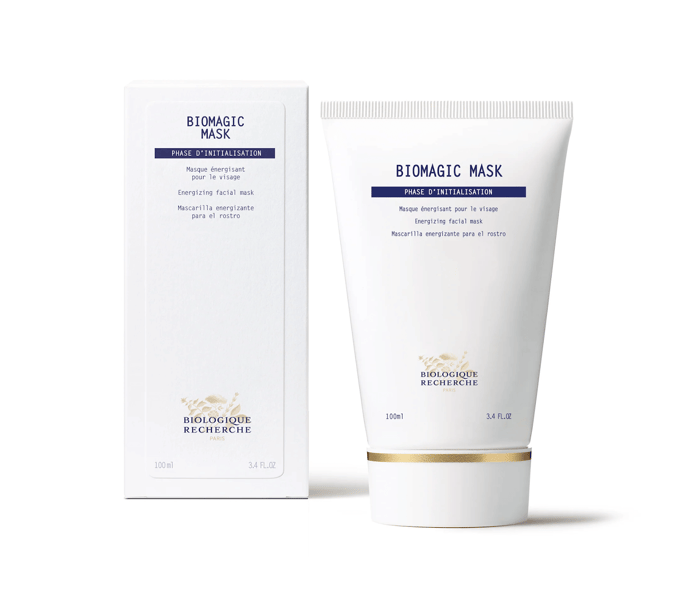
The unsung hero for post-extractions and texture refinement.
Biomagic is like Vivant’s more elegant cousin. It detoxes without the “pull,” tightens pores, and leaves your skin visibly smoother. I use it after extractions in facials or as a once-weekly maintenance mask for clients prone to enlarged pores.
It’s also great before makeup application, it gives the skin a refined, lifted finish.
Your Masking Routine: Customized, The KarinaNYC Way
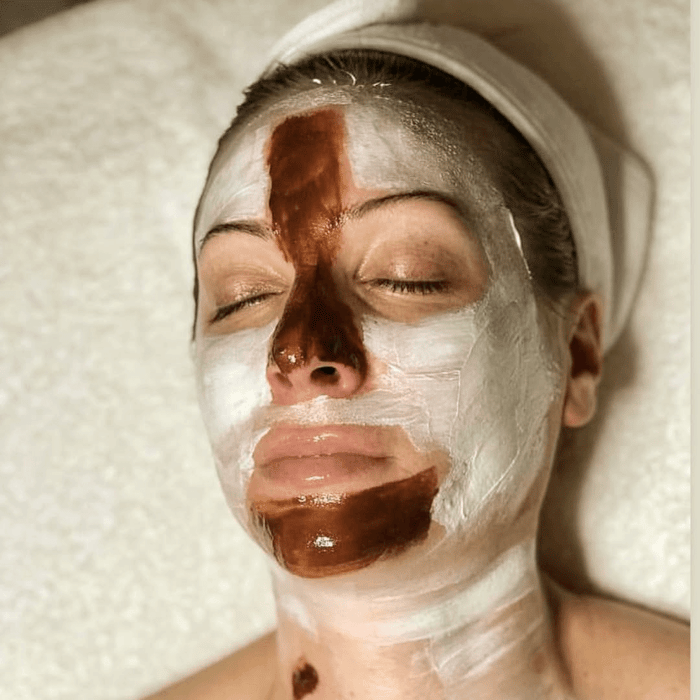
Masking isn’t about doing what TikTok says. It’s not about overloading your skin with every trending product or masking seven nights a week because someone said it gave them a glow.
It’s about precision.
At Karina NYC, we don’t guess, we assess. Your masking routine should respond to your skin’s real-time condition: oily today, sensitive next week, dehydrated post-vacation.
Whether you're purging after starting retinol, prepping for a shoot, or rebuilding your barrier after a bad breakout, our job is to guide you toward the right mask, in the right moment, for real results.
This is skincare with intention. Because when you mask correctly, you don’t just look better, you feel better in your skin.
🚨 Ready To Use Face Masks Correctly? Here’s Your Solution
If you’ve ever felt like you’re doing everything right and your skin still isn’t where you want it to be, it’s not your fault. Most skincare fails because it's being used wrong, or it's not right for you in the first place.
For my high-commitment clients, the ones who care deeply about aging beautifully, who want their skin to reflect how vibrant they feel inside, masking is where we start fine-tuning. And that fine-tuning changes everything.
Solutions From Karina Freedman
🌿 Free Skincare Consultation
Let us create a custom mask schedule tailored to your skin type, lifestyle, and season. This isn’t just advice, it’s a strategy designed for long-term transformation.
🧴 Curated BR Mask Kits
I hand-select every product in our BR kits based on your skin’s stress level, climate, and current condition. They’re exclusive to Karina NYC, no generic bundles here.
💆♀️ Signature Facials + Masking Guidance
Every facial includes personalized mask layering, yes, sometimes more than one. We build routines that carry you between facials, so your results last.
You don’t need more products, you need better direction. Let’s figure out exactly how your skin wants to be treated.
Your skin isn’t a problem to fix. It’s a story to understand.
And I’d be honored to help you write your next chapter.

